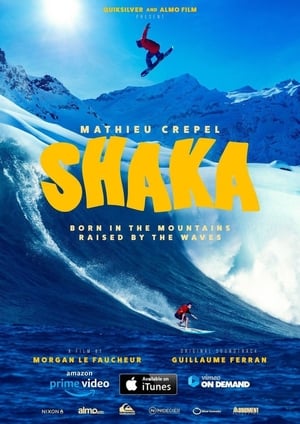Playground

Playground
HomePage
Overview
A battle between nature and culture, between organic rye-grass and artificial turf. American football is played on rectangular fields, 120 yards long and 160 feet wide. These dimensions defined the framework for this film. Made with images found in Google Earth. With music by Michel Banabila.
Release Date
2015-01-23
Average
0
Rating:
0.0 startsTagline
Genres
Languages:
Keywords
Similar Movies
 7.0
7.0Ultimate Gretzky(en)
They call him "the Great One" and this is the first time ever he has told the many stories behind his greatest accomplishments and moments. Hosted by hockey personality John Davidson and Wayne's good friend, Keifer Sutherland, sports fans take a journey into the man that is Wayne Gretzky.
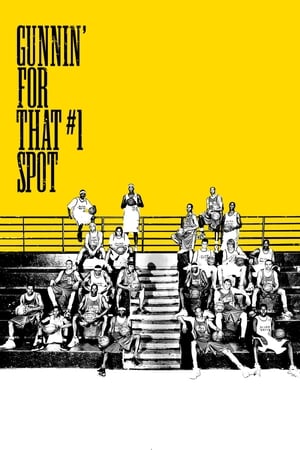 6.2
6.2Gunnin' for That #1 Spot(en)
The film follows 8 of the top high school basketball players in the US at the time of filming, in 2006. The plot centers around the first annual Boost Mobile Elite 24 Hoops Classic game at the legendary Rucker Park in Harlem.
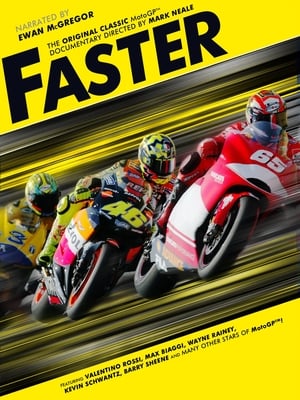 7.8
7.8Faster(en)
Faster is an electrifying tribute to the white-knuckle world of MotoGP™ — the fastest sport on two wheels — where the world’s top riders go wheel to wheel at over 200mph and crash at over 100mph. Narrated by Ewan McGregor, Faster chases two seasons’ worth of the world championship, featuring revealing interviews with riders, mechanics, doctors, commentators and fans. If you want high octane, adrenaline fuelled thrills, Faster will take you on a nerve shredding journey through the most exciting sport on the planet!
 10.0
10.0Chelsea FC - Season Review 2016/17(en)
38 games, 30 wins. Record-breaking Chelsea are the kings of English football once again, Premier League champions for a fifth time. Masterminded by Italian genius Antonio Conte, who wore his heart on his sleeve, kicking every ball, making every tackle and celebrating every goal, the Blues have been reshaped into a formidable force. And the Bridge waved goodbye to a legend. John Terry's emotional farewell brought the curtain down on a fantastic career and a sensational season.
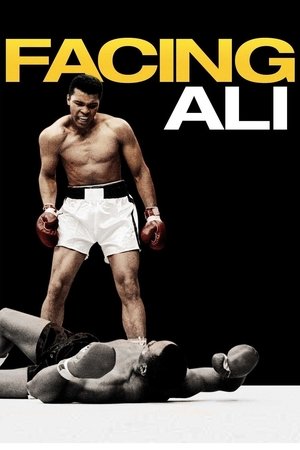 7.4
7.4Facing Ali(en)
Ten of Muhammad Ali's former rivals pay tribute to the three-time world heavyweight champion.
 7.0
7.0The Boys on the Bus(en)
Follows the Edmonton Oilers through the 1986-87 NHL Hockey season, as they battle towards their third Stanley Cup.
 6.8
6.8A Sunday in Hell(da)
A chronology of the 1976 Paris-Roubaix bicycle race from the perspective of participants, organizers and spectators.
 4.2
4.2Lionel(en)
Lionel Rose, Australia's first Aboriginal world champion boxing hero - the man behind the myth
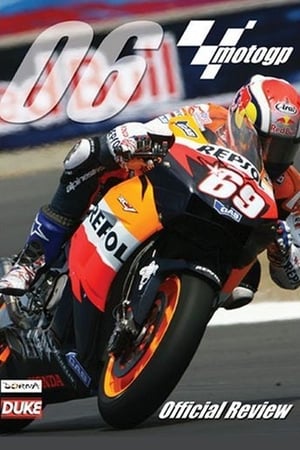 0.0
0.0MotoGP 2006 Review(en)
Official review of the 2006 MotoGP™ season, including highlights from all 17 circuits.
El mégano(es)
Documentary that portrays the life of a coal-mining town south of Havana, around 1955, prior to the triumph of the revolution.
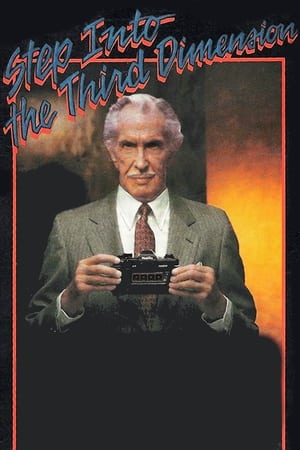 4.5
4.5Step Into the Third Dimension(en)
Nishika 3D cameras were the inexpensive cousins to the Nimslo 3D cameras made in the mid to late 1980's (the Nimslo cameras used glass lenses, while the Nishika ones used plastic lenses). The cameras used regular 35mm film that captured 4 simultaneous images onto 2 frames of film. These images were printed onto photo stock with a lenticular surface bonded to it which allowed 3D to be seen without glasses, like the old kids story books with the 3D covers. The basic 3D camera kit came with this VHS instructional video that was hosted by Vincent Price. It was one of the last things he did.
 6.0
6.0Muhammad Ali, the Greatest(fr)
Universally accepted as a true icon of the 20th century, Muhammad Ali’s phenomenal achievements spanned sport, politics and religion. One man – photographer William Klein had comprehensive access to the events that shaped Ali’s legend. In 1964, the young gregarious Cassius Clay successfully defeated the seemingly invincible Heavyweight Champion of the World Sonny Liston – the manner of Clay’s victory and his amazing persona made him an instant superstar. Through this incredible period, and Clay’s subsequent rematches with Liston, William Klein enjoyed unrivalled access top Clay’s camp – witnessing at first hand Cassius Clay becoming Muhammad Ali and angering the American people with his allegiance to Islam. Forward to Zaire 1974, and the return of Muhammad Ali to the world stage to face another invincible champion George Foreman. As Ali reclaimed the crown for a second time, Klein was ever present, capturing the full story at close quarter.
 0.0
0.0Preschool to Prison(en)
Preschool to Prison is a compelling examination of how the United States public school system is built and operated like prisons. Zero-tolerance policies are used to justify suspension and arrests that set up a pathway to send children of color and children with special needs from school to prison. Children are being suspended, restrained, dragged, physically manhandled, and subsequently arrested for minor offenses such as throwing candy on a school bus. These personal accounts from people affected by the school-to-prison pipeline give riveting tales about the generational impact on society.
 5.3
5.3WWE: The History Of The World Heavyweight Championship(en)
It’s one of the most distinctive and storied championships in the world of sports entertainment and its titleholders are industry standard bearers. Now, for the first time ever, fans can own the definitive DVD set devoted entirely and exclusively to the World Heavyweight Championship.
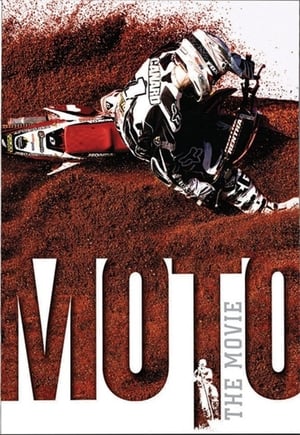 0.0
0.0Moto: The Movie(en)
From the makers of WHY, TWITCH, OffRoad and 6IX comes a cinematic soaked HighDef journey into the world of riding Dirt Bikes. MOTO is the first film to truly showcase the complete spectrum of dirt bike riding and racing. No MX movie has ever captured so many of the world’s most progressive riders doing what they do best… from Big Mountain Freeriding, Supercross, OffRoad, Woods, Trials, European Ex
 6.8
6.8The Alps - Climb of Your Life(en)
In 1966, John Harlin II died while attempting Europe's most difficult climb, the North Face of the Eiger in Switzerland. 40 years later, his son John Harlin III, an expert mountaineer and the editor of the American Alpine Journal, returns to attempt the same climb.
 0.0
0.0this river(en)
Join a grassroots collective of volunteers as they search Winnipeg’s Red River and its banks for clues to find out what happened to their missing family and friends. The documentary demonstrates the devastating experience of searching for a loved one who didn't come home with profundity and humanity.
Michael Van Gerwen - The Best Darts Player in The World(en)
A documentary about the Number 1 of Darts, Michael van Gerwen.
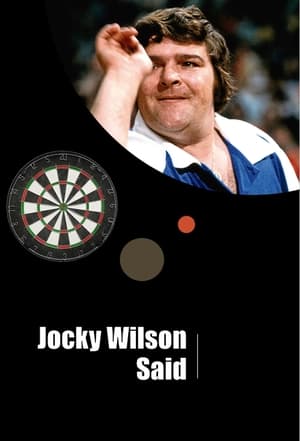 0.0
0.0Jocky Wilson Said(en)
Rare archive footage and Jocky Wilson's own words tell the story of the rise and fall of a cult Scottish sportman. Featuring interviews with his friends and darts contemporaries.
